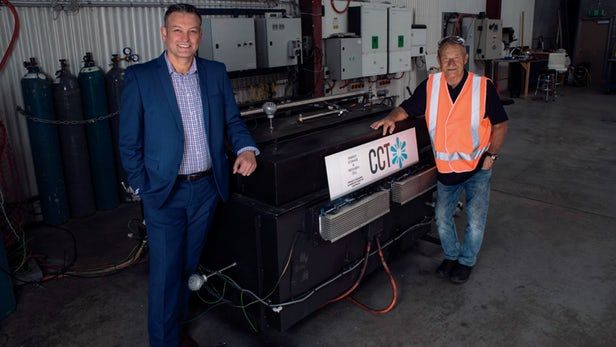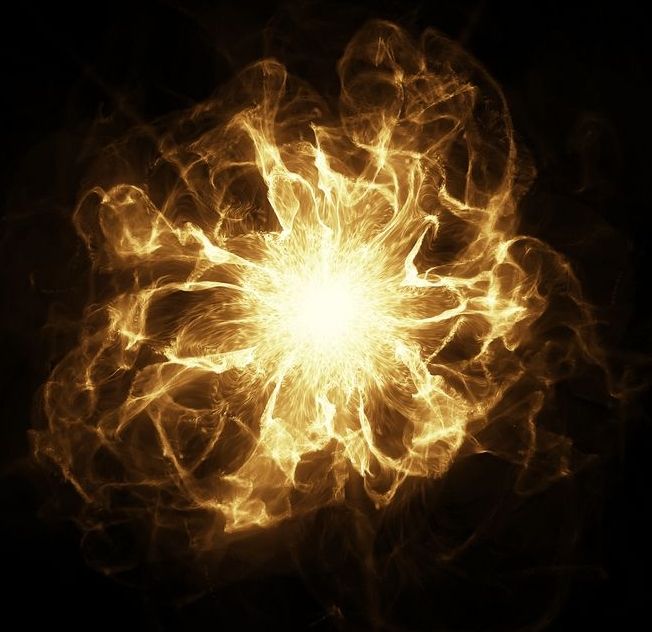Aside from harvesting solar, wind, and hydrogen energy to produce electricity, many energy experts believe that developing compact fusion facilities can give humankind a stable and sustainable source of power that can last forever.
Jon Menard, a physicist from the U.S. Department of Energy’s Princeton Plasma Physics Laboratory (PPPL), has reportedly examined the possibility of expediting the development of compact fusion facilities to generate safe, clean, and limitless energy.
In his study, Menard looked into the concept of creating a compact tokamak powered by high-temperature superconducting magnets.
It appears that this kind of magnet can generate the higher magnetic fields needed to produce and sustain fusion reactions.








